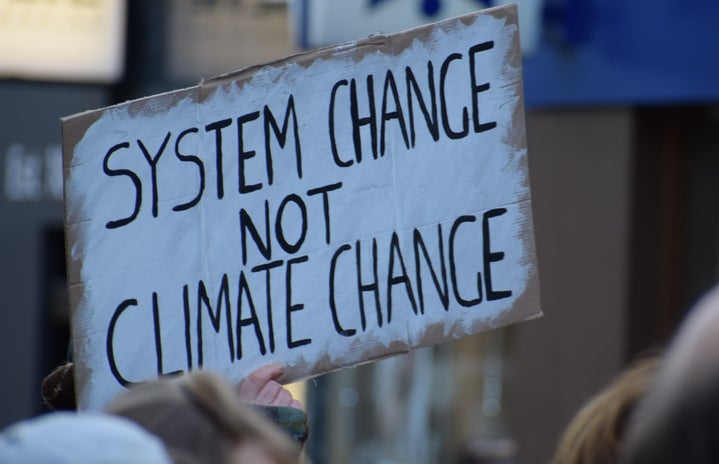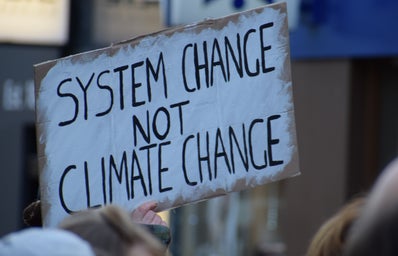Halloween this year brings more than just traditional spooky tidings. Running from October 31 to November 12, thousands of diplomats and heads of states, along with industry leaders, researchers, and activists will be convening in Glasgow, Scotland to essentially decide the fate of the world.
COP26 is the 26th meeting of the Conference of Parties, the key decision-making body of the United Nations Framework Convention on Climate Change. The UNFCCC established an international treaty in 1992 at the Rio Earth Summit in which signatory countries were bound to avoid human-caused climate change and make progress to reduce greenhouse gas (GHG) emissions in an equitable way globally.
In the almost 30 years of its existence, COP and the UNFCCC have made strides and hit brick walls. For one, countries of the world have met almost every year to discuss climate change, which has helped to raise it as a high-profile issue of human focus across government, media, and public eyes. Meetings like COP21 and COP03 resulted in major international agreements (Paris Accords and the Kyoto Protocol, respectively) that sparked real commitments and actions across signatories. Conversely, several iterations have been viewed as failures, such as in Copenhagen in 2009. There, discussions largely fell apart and resulted in no agreements being made. While not exactly a toss-up, a lot can rise and fall within these gatherings and can truly shape how this issue is viewed and worked on at a global scale for the years to come.
This year’s COP meeting has several key goals that aim to be tackled amongst attendees. Poorer countries are looking to gain increased financial support to help mitigate ongoing climate damage. Island nations, countries with high numbers of climate refugees, and those experiencing widespread famine and droughts, are examples of countries already experiencing the consequences of human-induced climate change. As the world’s top polluters are overwhelmingly large and developed countries including China, the United States, and Russia, current climate impacts are disproportionately spread to more vulnerable nations.
The biggest issue to look for will be the new commitments of individual countries to cut their emissions. Known as nationally determined contributions (NDCs), came out of the Paris Agreement in 2016 and each country declares an amount of GHG cuts and their plan to achieve that amount. While the Paris Agreement was lauded for this agreement to establish NDCs, since then there has been little progress globally on actually achieving these goals. This time around, countries need to be focused on presenting bold plans and commitments with a greater focus on cutting fossil fuels, stopping deforestation, and fully shifting to renewables.
The most recent IPCC report published in August reaffirmed the much-needed focus that the world must have on keeping global temperature rises below 1.5 degrees Celsius. Beyond this number, the consequences we are already seeing now will be further exasperated and far worse. This COP meeting has the potential to set the tone for our future and spark real action across the globe.
Here in the U.S., we are seeing a great divide in the political drive towards dealing with climate change, as ongoing Congressional negotiations over the Build Back Better Agenda. An ongoing hunger strike in front of the White House by five Sunrise activists is working to draw attention to the dire situation our planet is in, and specifically pleading with President Biden and Congress to reinstate climate legislation into the plan. Like these protesters, young people around the world are demanding action to save our futures, and it’s time that world leaders get on board. COP26 is a chance for us to change the narrative and this next week will be critical in knowing how our governments choose to act.


